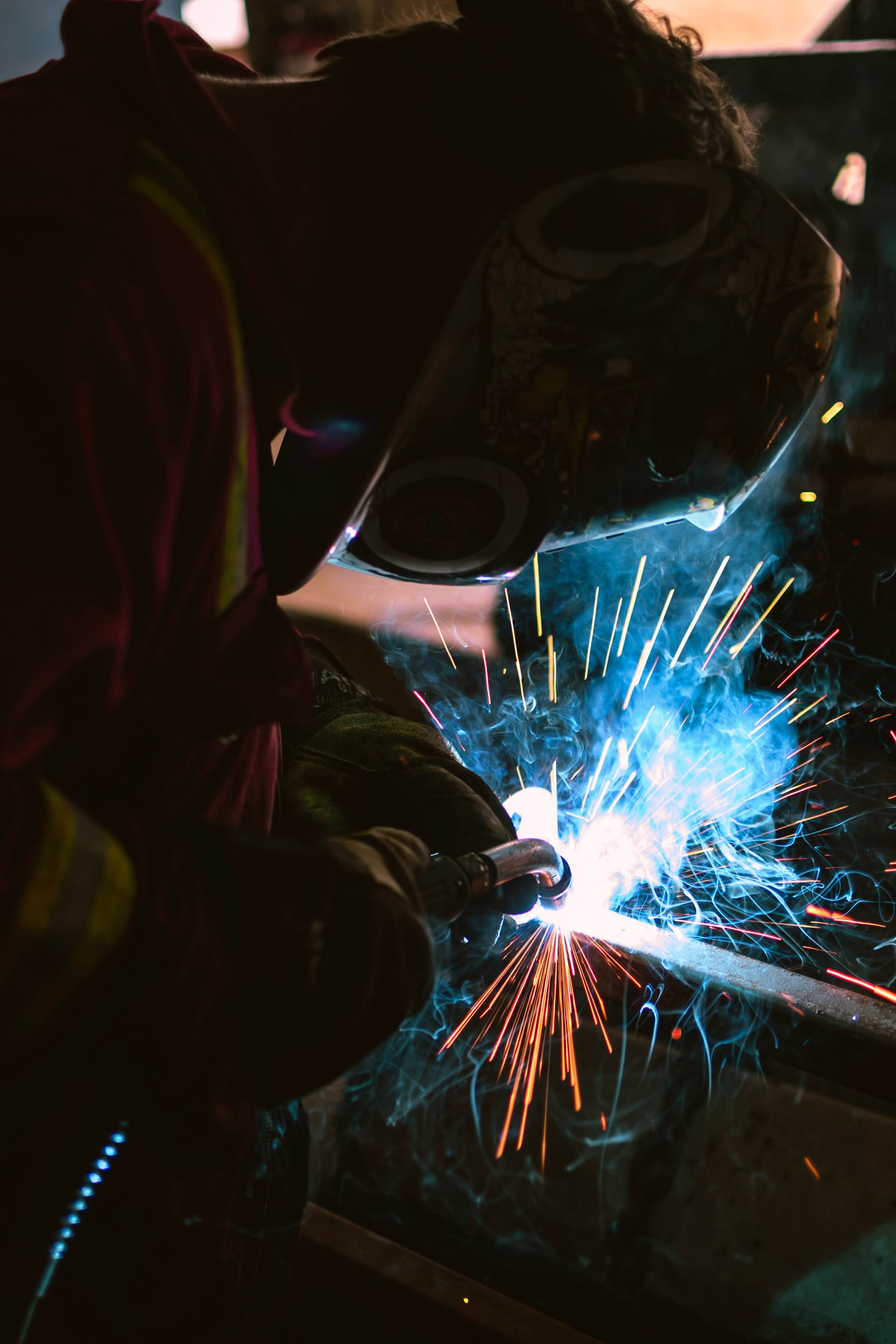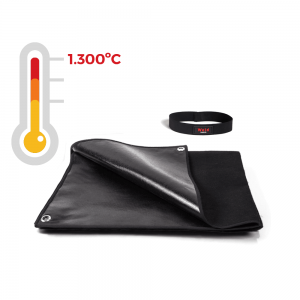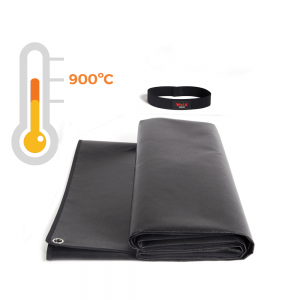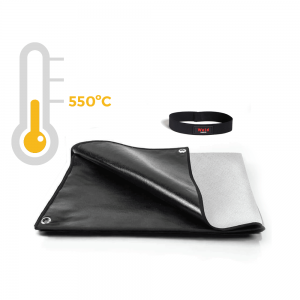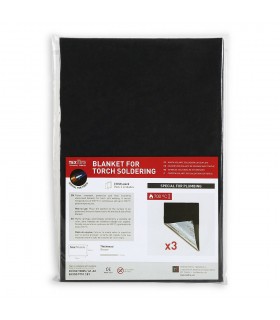Types of fusion welding: Oxyacetilene, Electric and Laser
DO YOU KNOW THE DIFFERENCE BETWEEN HETEROGENEOUS, HOMOGENEOUS AND/OR AUTOGENOUS WELDING?
Fusion welding or simply metal welding, is a classification under homogeneous welding, that groups many processes that are defined as the method to heat two metals in higher temperatures until they melt, join or fuse each other, this contribution processes could be done with or without a metal contribution, by general terms without applying pressure and in higher temperatures than the ones used when working in regular welds.
In general terms, there are several fusion welding techniques.
- FUSION – OXYACETILENIC (with gas or torch, voltaic arc or resistance): The heat source added to this welding comes from the combustion of two gases (Oxygen and acetylene), reaching temperatures of 3.200 °C approximately. The heat produced by the flame is taken to the fusion temperature of the edges of the piece to join. It is possible to weld almost any industrial use metal. Because it doesn't need to be connected to electric current, it is very common to use.
- FUSION – ELECTRIC (Electric arc): It is one of the most used welds to weld steel, electric current is required, to create the electric arc between one or various electrodes, so the adequate heat to melt the metal and create the union will be generated. The temperatures generated are in the order of 3,500 °C. This type of welding is done with metallic or carbon electrodes, and the user must be very skilled to keep the arc to the adequate distance to have a good result.
- FUSION – LASER: Non-external material required. This process is done by heating the area to weld and applying pressure between the points. Helium or argon is used as protective gas. Energy is added through a laser beam.
This table summarizes the advantages, limitations and applications of this welding processes.
| FUSION TECHNIQUE | ADVANTAGES | LIMITATIONS | APPLICATIONS |
| OXYACETILENIC FUSION | - The heat source and temperature could be controlled. - Small cost, very versatile equipment. - Welds ferrous and non-ferrous materials. - Higher flame temperature. | - Big deformations and big internal tensions by the high temperatures and the small welding speed. - In high thickness has a high cost. | - Small productions. - Thin steel plates. - Other metals, innox steel, copper, brass and nickel. |
| ELECTRIC FUSION SMAW | - Robust welding, much small distortion. - High speed. - Compatible with all metals, except aluminum. - Indoors and outdoors application. - Low cost of equipment. - Easy to use. Use - Portable. - Low noise. - Minimum equipment. | - Some slag. - Moderate speed. - Limited to ferrous materials. - Limited to long cords, spinning tubes and bulks. - Provokes irradiation of Luminous, Infrared and Ultraviolet beams | - Stain processes. - Complicated pipes. - Heavy constructions. Ex. Naval Industry - Manufacture of components. |
| LASER | - More precise and less conribution to heat. - Higher penetration depth. - Porosity free. - Higher efficiency. | - High cost. - High power consume. - Non-suitable to weld with very wide cords. - Perforation of the material if not well controlled. - Harmful for sight. | - Industrial robots. - Automotive, autoparts. - Manufacturers and manufacture of pipes. - Fixing of pieces with thickness inferior to 1 mm. |
We can conclude that oxyacetilenic welding is a simple welding technique that allows to intervene in difficult points to weld. Arc welding is very efficient for ferrous materials, while laser welding will have a very important use in sectors where welding could robotize and the cost of the inversion could amortize rapidly.
